
The resignification of Misak rituals and its related symbology, prevalent in the body of work delivered by Julieth Morales, is framed both in the encounters and discrepancies with her culture, and in the question regarding the representation of the indigenous subject, which in this case is complemented by gender issues. “La Mojiganga” is a ritual dance performed exclusively by men of the community, who embody different characters. One of them is “La Señorita” (The Miss), the archetype of a “mestiza” woman, the one who represents the opposite of being a good Misak woman. La Señorita also acts as a deity that wanders between the worlds of the living and the death. This dislocation state fits with Morales passages between two worlds and a technical deployment that reinforces her hybrid approach at delivering proposals that oscillate between drawing, embroidery, installation and graphic production, such as the one which is presented in this edition of ARTBO.
“Thought infrastructures”, by Daniel Blanco and Mateo Soto, takes over our “En blanco” exhibition room. The project poses a question about publishing departing from a pervasive device in the public space and that goes beyond the urban landscape: billboards. The intervention simulates the support infrastructure of billboards, which will be activated with the record of the ads placed in the billboards of the city to comment on the transformation and exchange of exposed ideas, the possibilities of the medium, and the wide field of action enabled by publishing exercises.
Espacio El Dorado is a contemporary art gallery and curatorial lab founded in 2015 at La Macarena, a traditional neighborhood in Bogotá, Colombia. Our mission is to promote critical thinking through the development and circulation of artistic projects. Our exhibition program is focused on artists that assume a critical standpoint to comprehend their surroundings, an approach that delivers telling evidences of intense artistic and intellectual activity. Such attitude takes both the form of an inquiring spirit reluctant to provide simple solutions in order to disturb and stimulate the audiences, and a subtle but radical and determined political viewpoint on the role and practice of the artist as a social subject. The name of the gallery derives from El Dorado legend and borrows from it the imagery of this mythical place full of treasures, one which is built upon the desires and expectations followed by the European landing on American territory. We take distance from this idyllic postcard picture with which Latin America has been represented to disclose the historical and political complexities that have structured our social processes and nation-building projects. We propose a critical rereading that claims ownership of what has been stripped from the region and questions foreign extractivists policies.
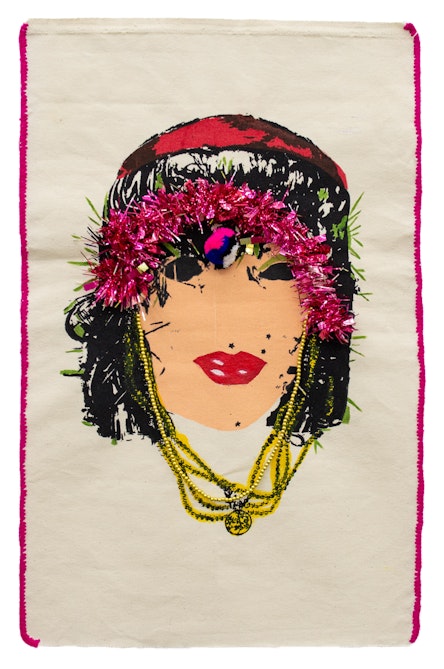

Julieth Morales defines herself as a Misak artist by birth and “mestiza” by context. Her work challenges the representations of the indigenous subject which since the end of the 19th century has constituted the image of a Colombian nation. Morales does not conform to what was proposed by the indigenist movement in the 1930’s which sought to “return to the roots” to find a common past to give a sense of belonging to the people after a century of independence, nor with the ethnographic portraits that showed the indigenous subject frozen in time. It also moves away from the exoticism with which some contemporary artists are treated, where naivety and the “different worldview” become sufficient reasons to consecrate a work. Being part of the Misak people, who have been leading political struggles since the end of the 20th century to actively participate in national construction, Morales is part of a generation of indigenous professionals who transit between urban and rural areas and who by their own decision are resignifying the past to oppose the current economic system that is characterized by its extractive and individualistic practices that are not sustainable. The analytical departure point was her own individuality: her body was the medium of her first’s actions. Nowadays she develops collective actions with members of her community, drifting apart from the modern notion of the genius artist and assuming herself as a platform built upon the relationship with others. The self-knowledge process is delivered in her artworks through performance, video, photography, painting and drawing.

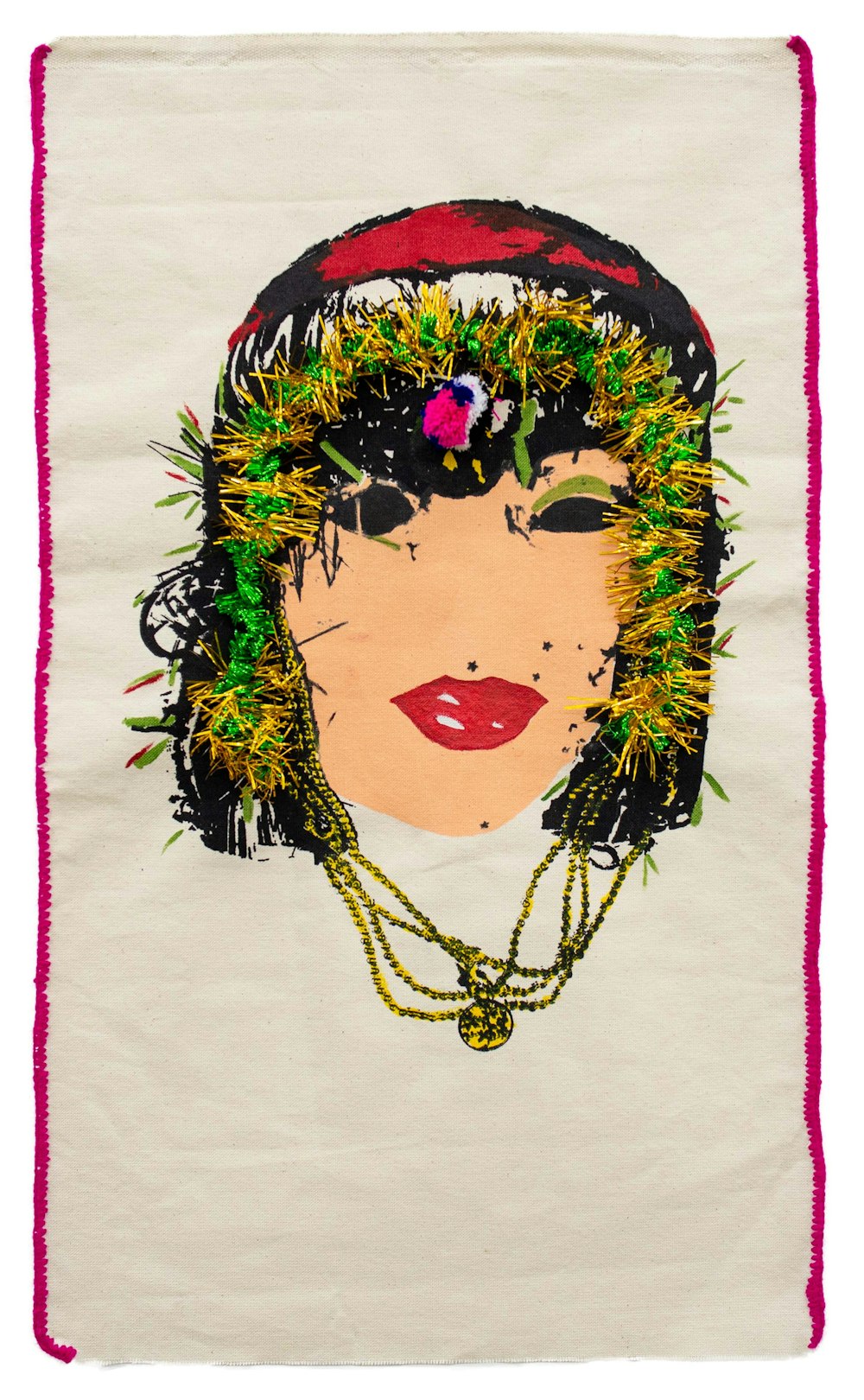
Julieth Morales defines herself as a Misak artist by birth and “mestiza” by context. Her work challenges the representations of the indigenous subject which since the end of the 19th century has constituted the image of a Colombian nation. Morales does not conform to what was proposed by the indigenist movement in the 1930’s which sought to “return to the roots” to find a common past to give a sense of belonging to the people after a century of independence, nor with the ethnographic portraits that showed the indigenous subject frozen in time. It also moves away from the exoticism with which some contemporary artists are treated, where naivety and the “different worldview” become sufficient reasons to consecrate a work. Being part of the Misak people, who have been leading political struggles since the end of the 20th century to actively participate in national construction, Morales is part of a generation of indigenous professionals who transit between urban and rural areas and who by their own decision are resignifying the past to oppose the current economic system that is characterized by its extractive and individualistic practices that are not sustainable. The analytical departure point was her own individuality: her body was the medium of her first’s actions. Nowadays she develops collective actions with members of her community, drifting apart from the modern notion of the genius artist and assuming herself as a platform built upon the relationship with others. The self-knowledge process is delivered in her artworks through performance, video, photography, painting and drawing.
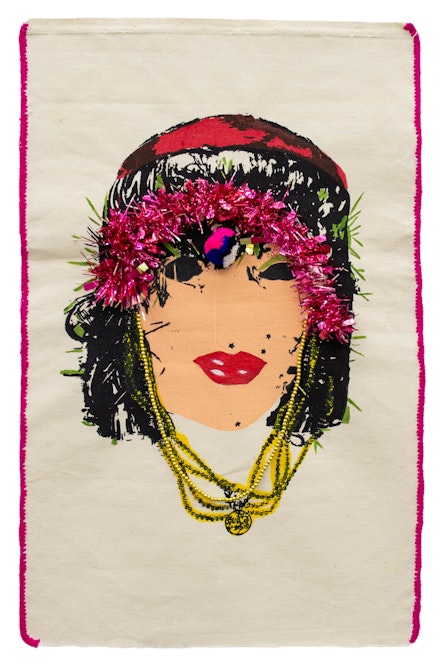
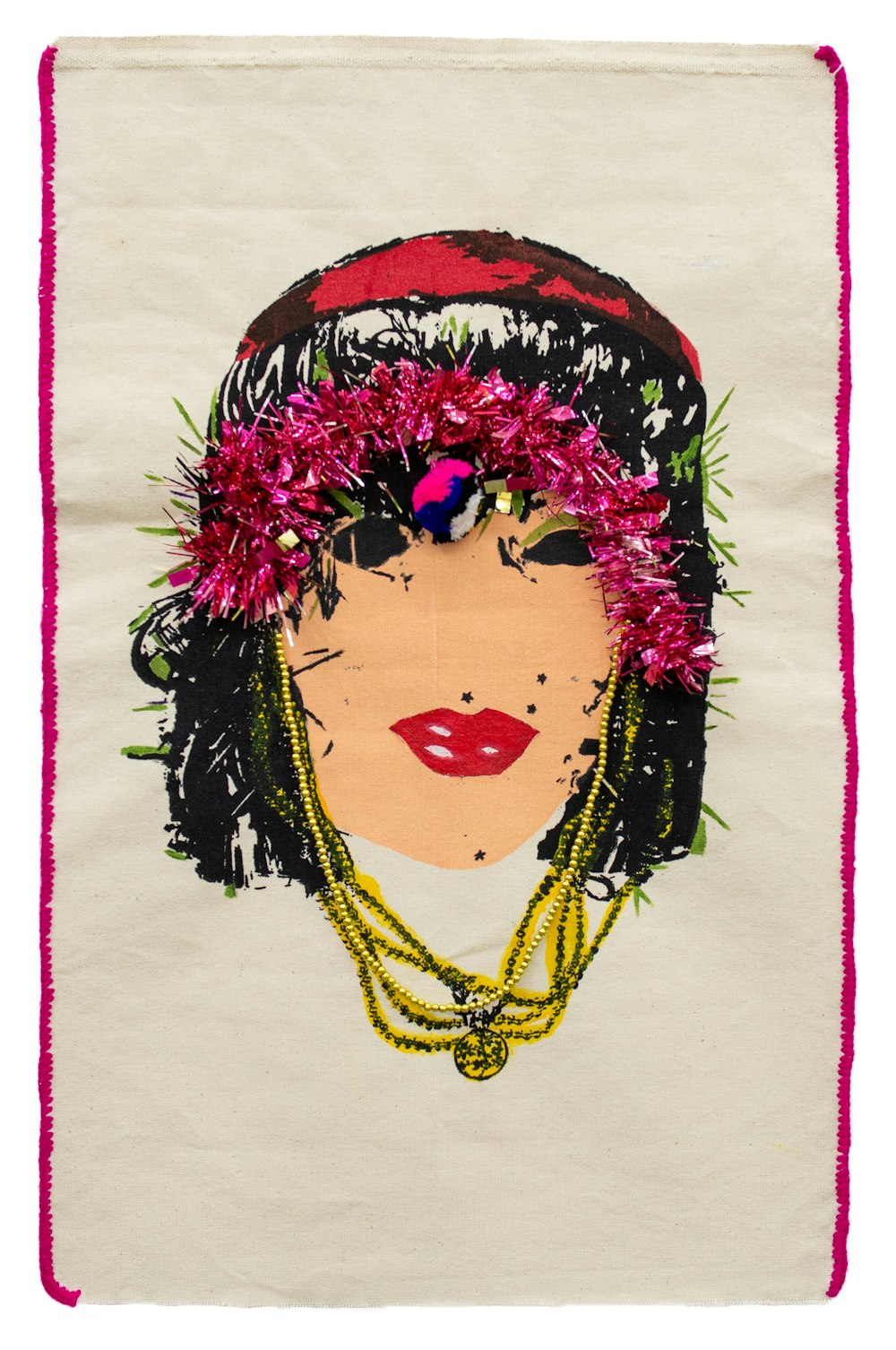
Julieth Morales defines herself as a Misak artist by birth and “mestiza” by context. Her work challenges the representations of the indigenous subject which since the end of the 19th century has constituted the image of a Colombian nation. Morales does not conform to what was proposed by the indigenist movement in the 1930’s which sought to “return to the roots” to find a common past to give a sense of belonging to the people after a century of independence, nor with the ethnographic portraits that showed the indigenous subject frozen in time. It also moves away from the exoticism with which some contemporary artists are treated, where naivety and the “different worldview” become sufficient reasons to consecrate a work. Being part of the Misak people, who have been leading political struggles since the end of the 20th century to actively participate in national construction, Morales is part of a generation of indigenous professionals who transit between urban and rural areas and who by their own decision are resignifying the past to oppose the current economic system that is characterized by its extractive and individualistic practices that are not sustainable. The analytical departure point was her own individuality: her body was the medium of her first’s actions. Nowadays she develops collective actions with members of her community, drifting apart from the modern notion of the genius artist and assuming herself as a platform built upon the relationship with others. The self-knowledge process is delivered in her artworks through performance, video, photography, painting and drawing.
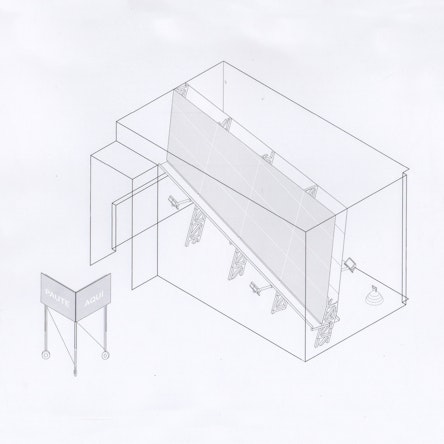
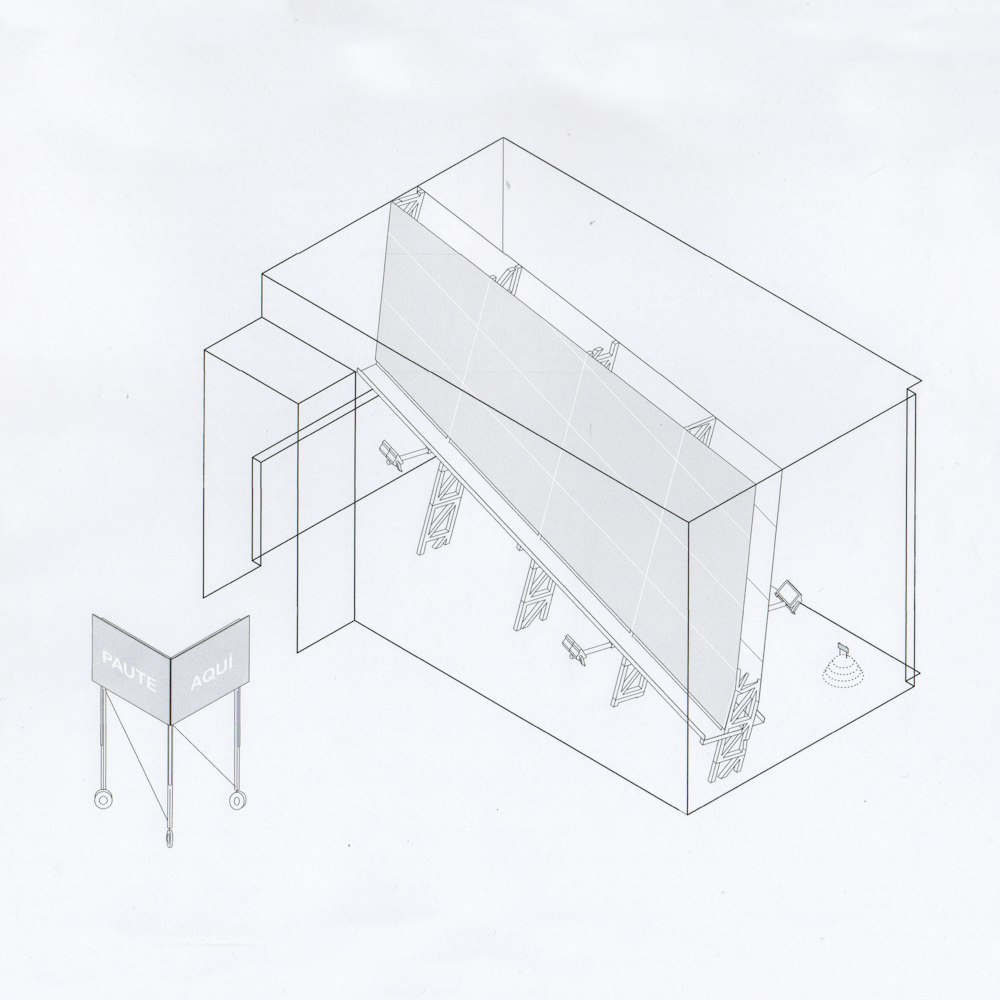
Emergent gardener. The point of departure of his work is constant learning and the cultivation of unstable soil. Hoticulture does not rely on disciplines. Is a collaborative and transdisciplinary practice interested in what is scattered: seeds. Daniel recognizes the violence of interventions and its temporality as conditions to cultivate. He relies on the crops that have not been harvested and seeks for momentary sheds: site specific and imagined constructions, assembly actions, conversation meetings and textured drawings.


Emergent gardener. The point of departure of his work is constant learning and the cultivation of unstable soil. Hoticulture does not rely on disciplines. Is a collaborative and transdisciplinary practice interested in what is scattered: seeds. Daniel recognizes the violence of interventions and its temporality as conditions to cultivate. He relies on the crops that have not been harvested and seeks for momentary sheds: site specific and imagined constructions, assembly actions, conversation meetings and textured drawings.
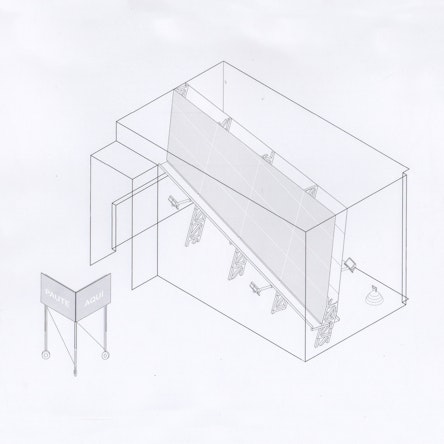
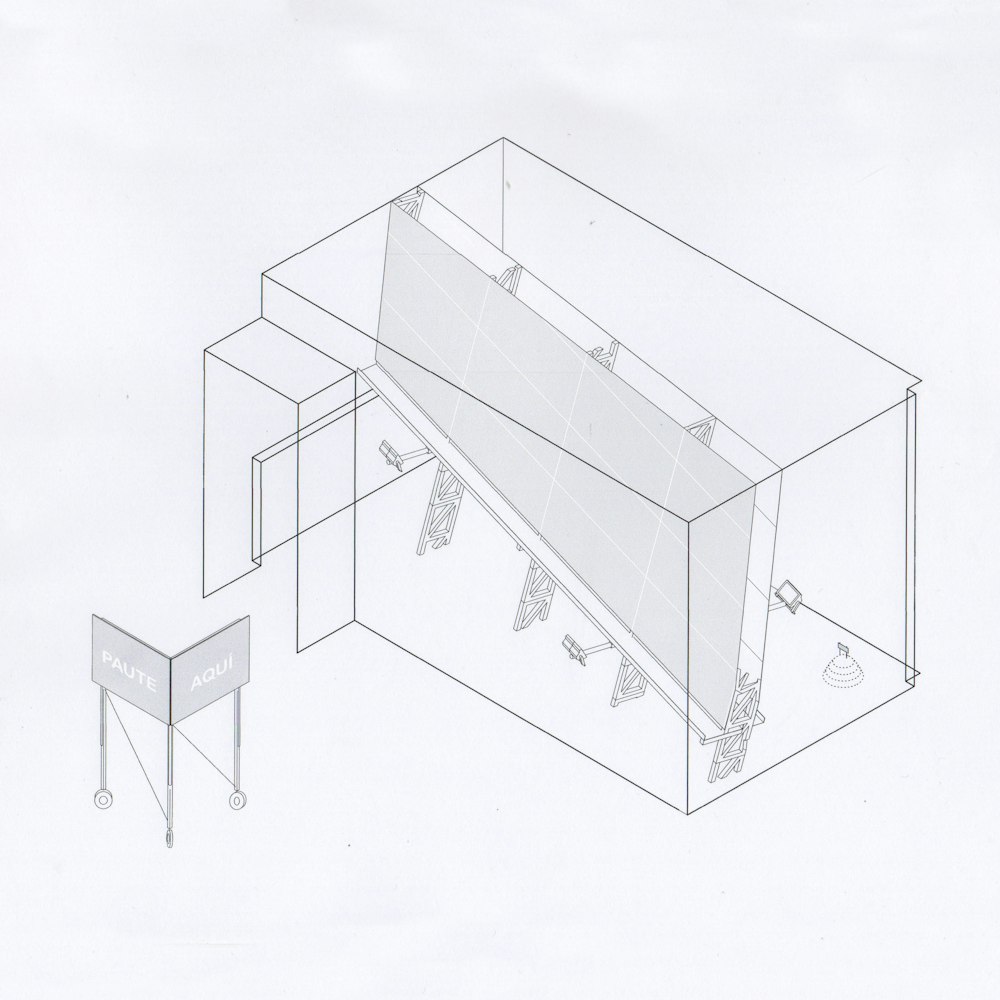
Emergent gardener. The point of departure of his work is constant learning and the cultivation of unstable soil. Hoticulture does not rely on disciplines. Is a collaborative and transdisciplinary practice interested in what is scattered: seeds. Daniel recognizes the violence of interventions and its temporality as conditions to cultivate. He relies on the crops that have not been harvested and seeks for momentary sheds: site specific and imagined constructions, assembly actions, conversation meetings and textured drawings.
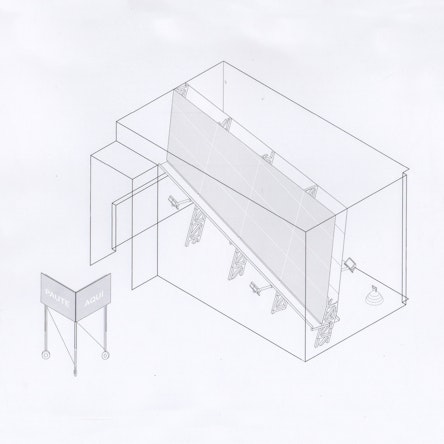
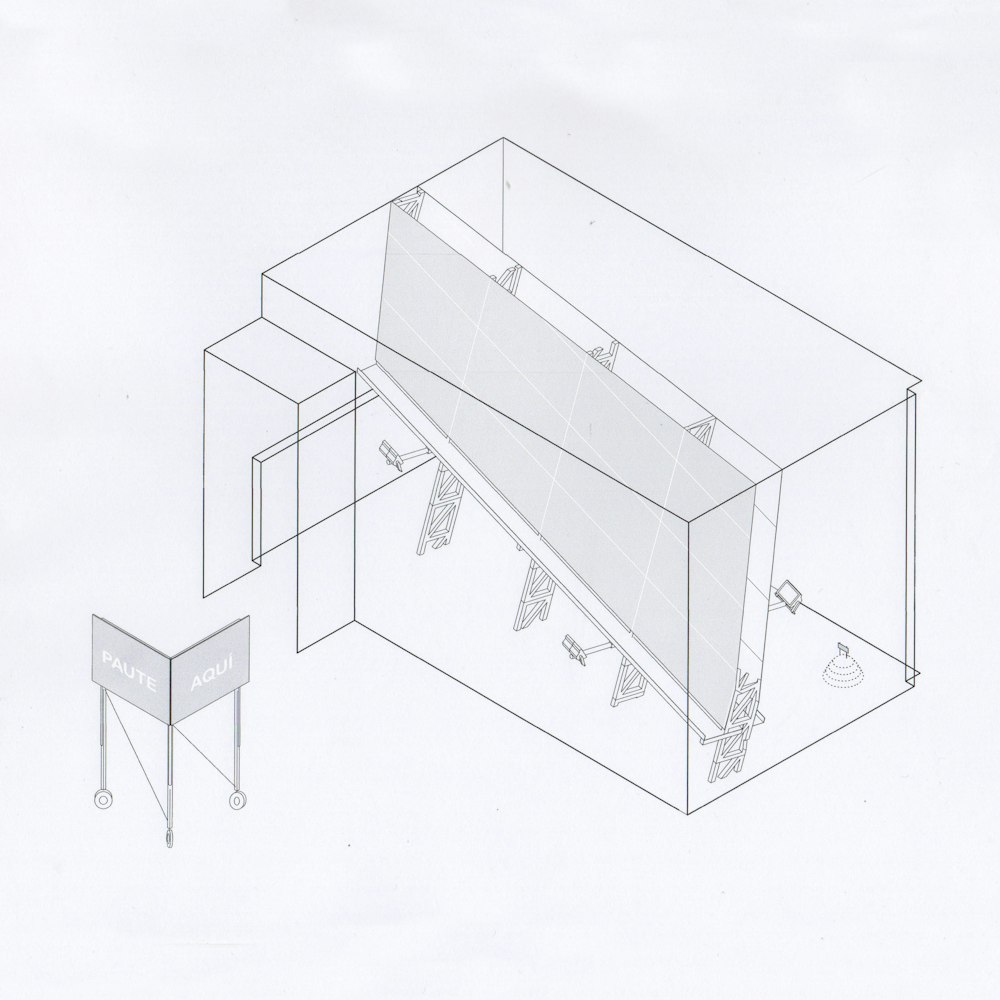
“I am interested in enunciating myself as an architect, not as an artist. This decision is not a response to disciplinary matters. It just allows me to expand the architectonic exercise beyond the given fact or academicism theories”. Mateo investigates and questions the world that surrounds him through images. He assumes writing and drawing shapes and words as activities that remind him his physical presence and the relationship between body and space. Interested in publishing his research as a joint endeavor, more than a communicative purpose. The publishing exercise allows him to deepen his understanding of what is public and gives clues about how space is created from the relationships we generate in it.

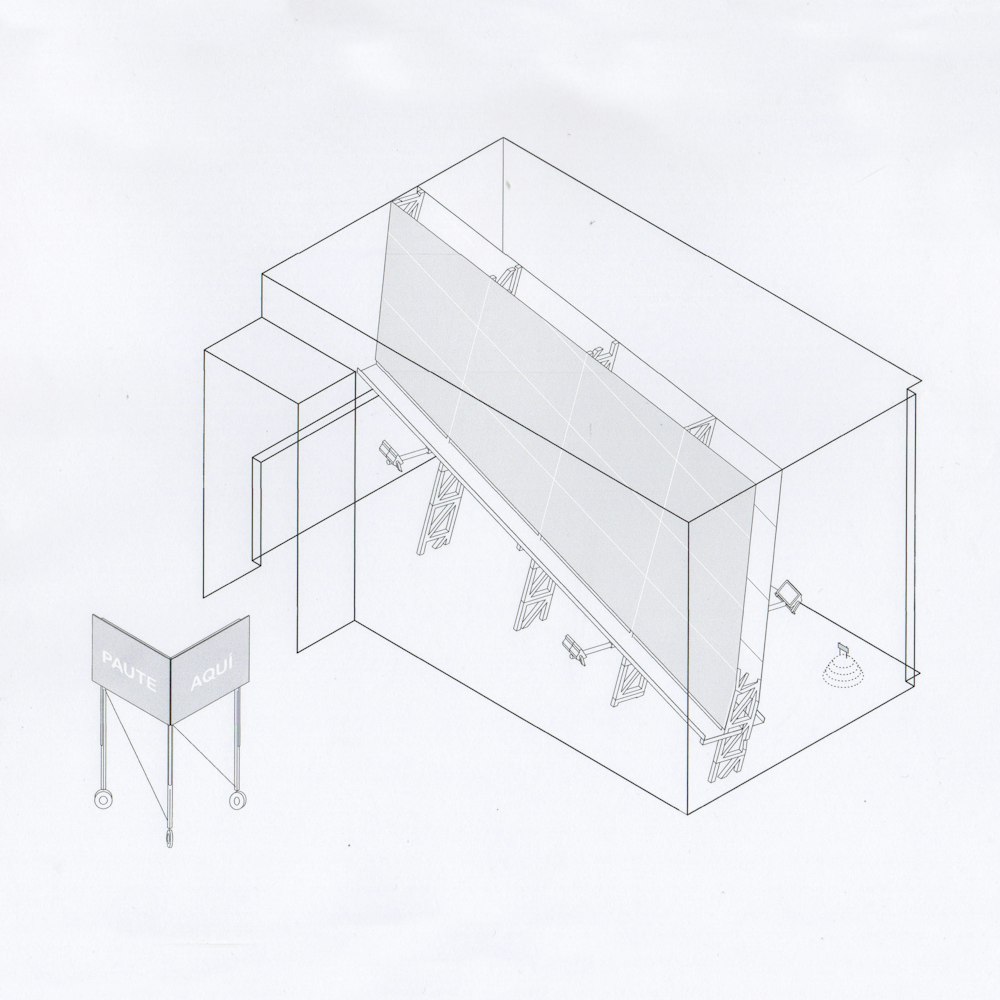
“I am interested in enunciating myself as an architect, not as an artist. This decision is not a response to disciplinary matters. It just allows me to expand the architectonic exercise beyond the given fact or academicism theories”. Mateo investigates and questions the world that surrounds him through images. He assumes writing and drawing shapes and words as activities that remind him his physical presence and the relationship between body and space. Interested in publishing his research as a joint endeavor, more than a communicative purpose. The publishing exercise allows him to deepen his understanding of what is public and gives clues about how space is created from the relationships we generate in it.
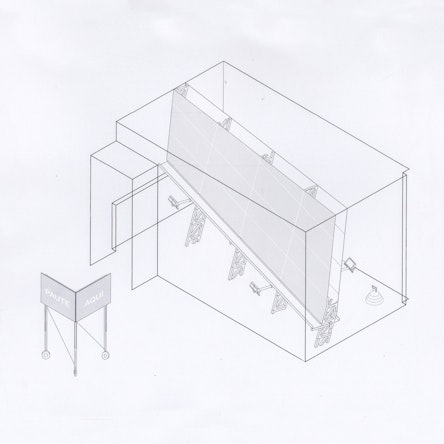
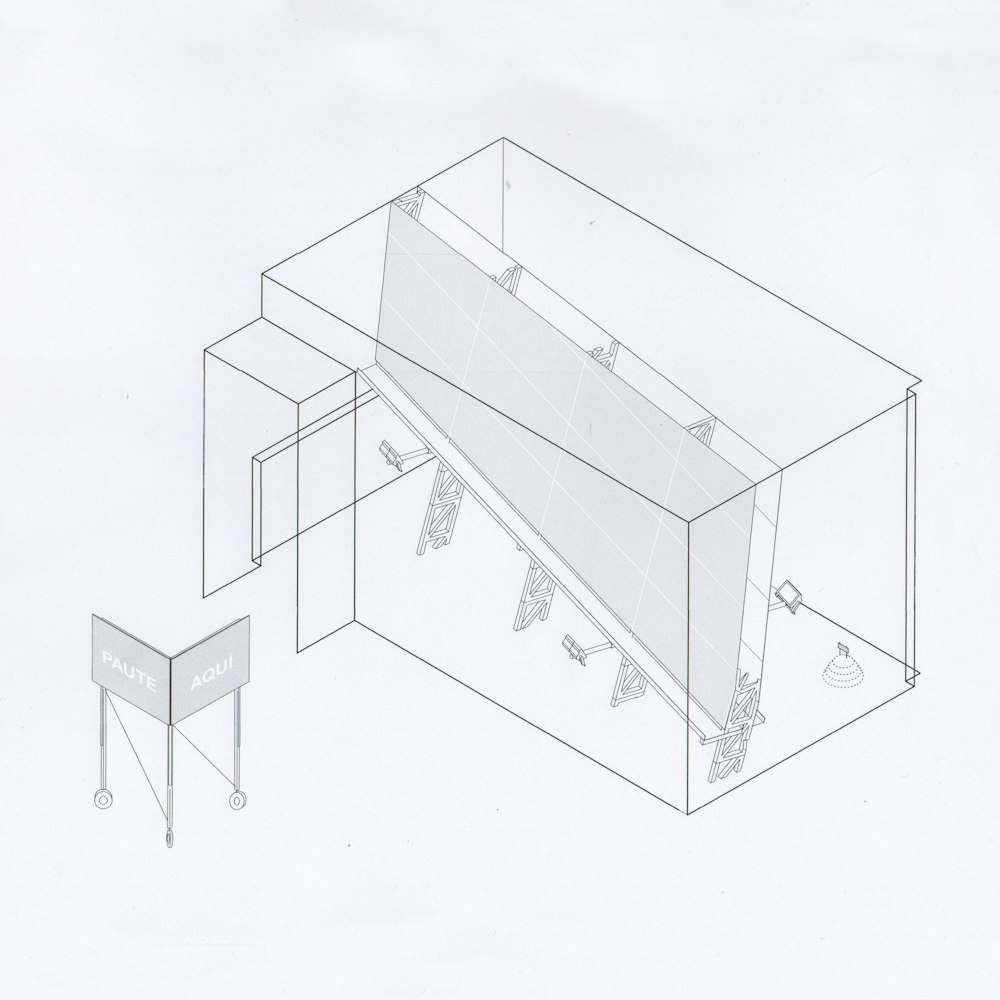
“I am interested in enunciating myself as an architect, not as an artist. This decision is not a response to disciplinary matters. It just allows me to expand the architectonic exercise beyond the given fact or academicism theories”. Mateo investigates and questions the world that surrounds him through images. He assumes writing and drawing shapes and words as activities that remind him his physical presence and the relationship between body and space. Interested in publishing his research as a joint endeavor, more than a communicative purpose. The publishing exercise allows him to deepen his understanding of what is public and gives clues about how space is created from the relationships we generate in it.